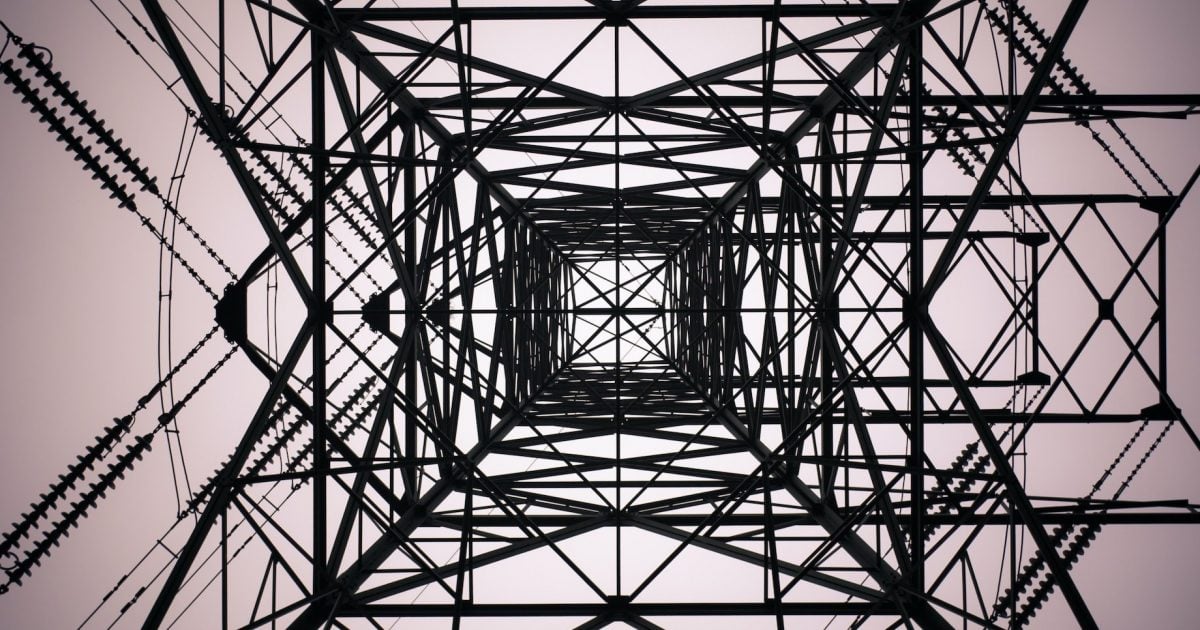
Across the world, multiple telecommunications providers are already working hard to roll out their new 5G infrastructure. As a result, global competition in this space is ramping up as 5G paves the way for the future with a viable high-speed data networking alternative to the previous generations of wired fiber-optic networks.
5G is distinct from these previous generations in its ability to use multiple frequency bands of the wireless spectrum. Existing technology relies on the now overcrowded low band spectrum to provide broad coverage and signal penetration. However, 5G now occupies the mid-band spectrum to deliver transfer speeds of around 1 Gbps -- though admittedly, with less range and penetration through solid objects. In addition, 5G also inhabits the high-band spectrum to deliver speeds of up to 10 Gbps with extremely low latency.
Those speeds make 5G an ideal platform for numerous use cases. Several of them are already at the proof of concept stage. In this article, we’ll look at some examples.
5G Drones
US telecom provider Verizon wants to be the first organization to use 5G to facilitate the connected flight of a million drones. To this end, the network bought the business and enterprise drone platform Skyward in 2016.
The company hopes to use the 5G Ultra-Wideband to usher in a new generation of crewless aerial vehicles. In addition, Verizon aims to enable as many drones as possible to connect and transmit video footage in real-time. Drones will also be able to relay data on operations in areas such as warehouse inventory.
Autonomous Vehicles
Self-driving or autonomous vehicles have been something of a Holy Grail for the motor industry. With the very low latency and very high speeds of data transmission at the higher bands of 5G, the edge cloud processing needed for real-time vehicle response is closer to becoming a reality.
Telecom provider O2 has announced a project to test driverless cars in London using its 5G network in the UK. During the initial stage of the project, driverless vehicles will transport and distribute medicines. This ”contactless” system is helping to reduce the workload and infection risk among front-line workers as we transition from COVID-19.
Holographic Video
Most of the first-generation 5G smartphones have improved front-facing cameras. This improvement recognizes the current and future importance of video calls and conferencing. It also paves the way for the next leap forward in visual communication.
In 2020, UK network operator Vodafone conducted the UK’s first live holographic call using 5G technology. 3D holographic calls require about four times as much data as a streamed 4K video. 5G’s ability to stream high-capacity data packets in real-time and with near-zero latency makes this possible. Future applications of holographic communication include the gaming industry and medical imaging.
Smart Manufacturing
A 5G networking feature of potential importance to the manufacturing sector is Ultra-Reliable and Low Latency Communications (URLLC). For example, URLLC could allow the synchronization in real-time of high-precision robotic assembly lines. Other possible applications include touch control systems for industrial machinery and prescriptive or predictive analytics for quality control and supply chain management.
Sports & Entertainment
5G technology has already eliminated the need for cables on cameras covering live sporting events, allowing broadcast coverage to take place over a wider area. Additionally, edge processing enables seamless relay of the video feeds to a local hub.
In Denmark, government-owned subscription station TV2 has developed a partnership to showcase 5G-connected lamps in TV and film production. 5G enables real-time remote management of potentially hundreds of lights.
Facilitating the 5G Future
For the visions of the 5G future to become a reality, multiple layers of partnerships will be required. These will involve device manufacturers, network carriers, and software providers, as well as a considerable amount of investment.
FusionLayer helps service providers in automating processes that touch networks -- including 5G. FusionLayer accomplishes this with cutting-edge technologies functioning as the unified management system for all network-related information.
If you’d like to know more, please get in touch with us.
 Login
Login



Reply a Comment